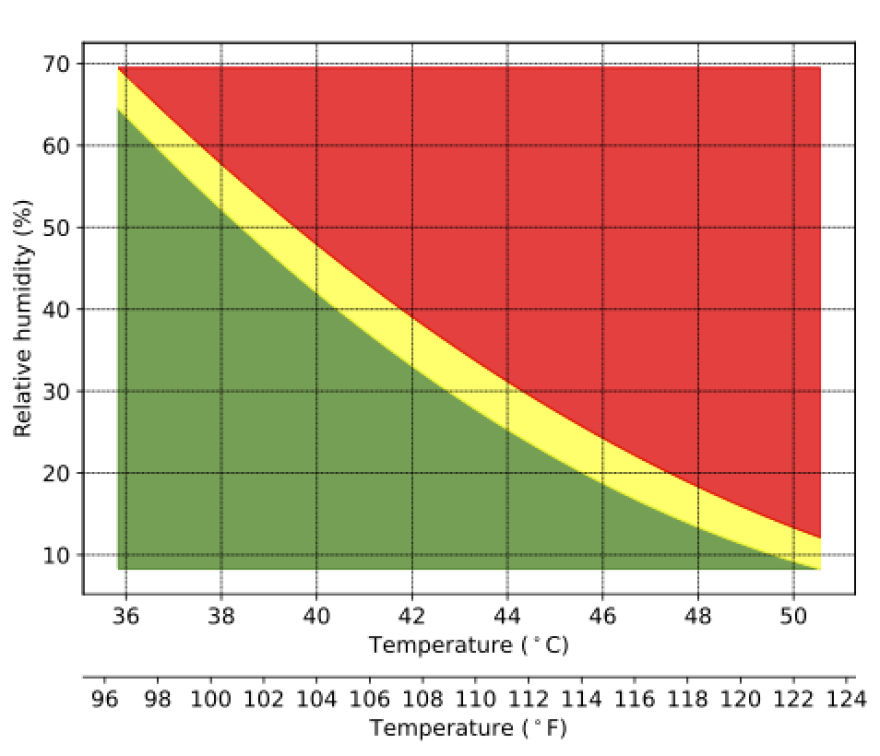Wet-Bulb Temperature Survival Threshold
Recent studies have raised questions about the widely accepted wet-bulb temperature survival threshold of 35°C. Harvard researchers, in collaboration with the Indian Union environment ministry, discussed heat stress and adaptation strategies in India. Their findings suggest that the critical limit may be closer to 31°C. This revelation has implications for understanding human thermal limits in extreme heat conditions.
About Wet-Bulb Temperature
Wet-bulb temperature combines heat and humidity to measure the human body’s cooling ability. It reflects how effectively sweat evaporates. When the wet-bulb temperature equals skin temperature, sweat evaporation ceases. This prevents the body from cooling down, leading to heat stress.
Historical Context
The 35°C threshold was proposed by scientists Steven C. Sherwood and Matthew Huber in 2010. They suggested that exposure beyond this limit for extended periods could induce heat stroke within six hours. However, recent studies indicate that this threshold may be an overestimation.
Recent Findings on Heat Stress
A 2023 study from the Center for Healthy Aging at Pennsylvania State University examined young subjects in warm environments of 40°C and 50% humidity. They found that core body temperatures began to rise after six hours, even below conventional heat exhaustion levels. This indicates that the survival limit may be lower than previously thought.
Global South Conditions and Data Gaps
Currently, there is no sufficient data on prolonged heat exposure for vulnerable populations in the Global South. Most studies have focused on Caucasian populations and athletes. This gap in understanding may lead to inadequate responses to heat stress in low-income communities.
Personalised Heat Exposure Index
Researchers are currently developing a personalised heat exposure index. This index aims to measure continuous heat exposure and physiological responses over time. Such data could help identify comfort limits in high-heat environments.
Physiological Responses to Heat
The accepted 35°C limit is theoretical. If skin temperature matches the wet-bulb temperature, the body cannot lose heat efficiently. This can lead to dangerous body temperature increases. Additionally, heatwaves can cause severe health issues, including heart attacks and kidney injuries, even when core body temperatures remain stable.
Broader Implications for Human Health
High temperatures can impact work productivity and overall quality of life. For instance, a street vendor noted that vegetables spoil at 40-42°C, affecting her livelihood.
Future Projections and Regional Risks
The Pennsylvania State study warned that regions like the Middle East and the Indus River Valley may face extreme heat conditions with just 1.5°C of warming. These conditions could exceed historical human experience and current heat mitigation strategies.
Acclimatisation and Complacency
Balsari cautioned against complacency regarding acclimatisation. While South Asians may adapt to heat, there is a limit to physiological adaptability. The COVID-19 pandemic illustrated that assumptions about immunity can be misleading, denoting the need for cautious approaches to heat stress.
Month: Current Affairs - April, 2025
Category: Environment Current Affairs








